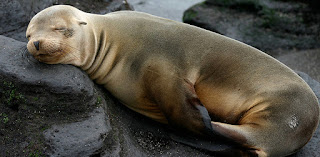Since the foundation of South Expeditions, passion has always been at
its core. As a kid, Juan, the owner and founder, dreamt of assembling and
constructing his own plane. He successfully built and flew his very own Fisher
Classic (a Canadian two-seat, conventional landing gear, single-engine, biplane
kit aircraft). Follow the link to see the video:
https://www.youtube.com/watch?v=3p6xonw4S54.
Since then, he is constantly looking for new, promising projects that
will satiate his passion for workmanship and innovation, providing users with an
added benefit rather than simply fulfilling a standard purpose. It is unusual
that travel companies/agencies in Latin America have workshop space in their
own main office. This is where Juan’s creativity and resourcefulness comes into
play as he has repaired and constructed items that are used on all the trips we
offer. He has repaired, assembled and improved everything, from sinks and
portable tables to a designing a kayak system for the handicapped and young
children who cannot row, the Catakayak.
Now, he has engineered a groundbreaking vehicle that will not only serve
as means of transport to go from one vineyard to another in one of Chile’s most
prominent wine region, but it will open doors to a fully immersive,
interactive, dynamic and hands-on experience of the region itself, its wine,
people and culture. Stay tuned for our blog updates on... the southmobile!










